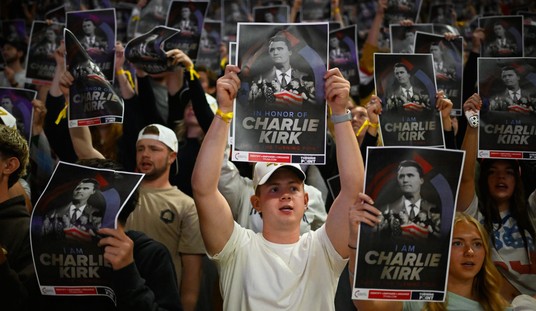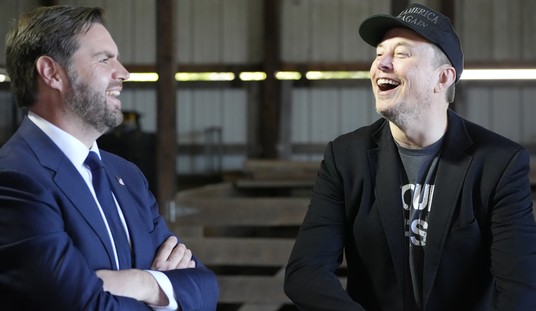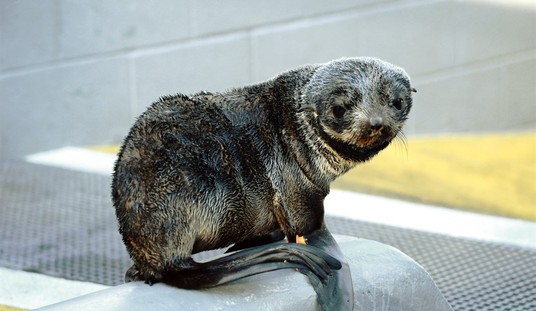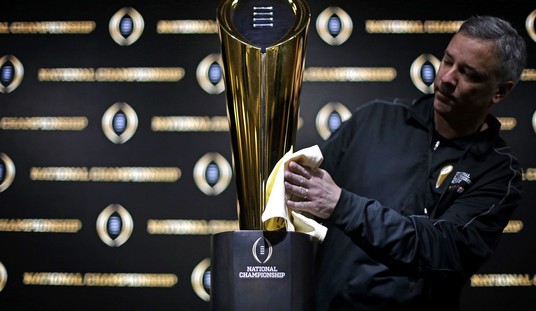
In an era of high-profile school shootings and increasing scrutiny on school safety measures, there are numerous routes school systems can take. From increased resource officer presence to metal detectors to offering concealed carry training for teachers, these school districts are trying out whatever they can.
In northern Louisiana, the Bossier Parish school system is developing an “early-warning system” using certain metrics and factors to identify at-risk students and prevent violent tragedies, from shooting to suicides.
Using technology already in place within the district, staff would assign scores to students based on factors like attendance, behavior and coursework.
“It doesn’t always mean someone is going to come out and be a school shooter. It could be that somebody has an issue with possible suicide,” said Superintendent Scott Smith. “This would take those kinds of factors into play as well so we can provide some in-depth treatment before someone makes that final terrible decision to do something of that nature.”
The system is still in the early stages of development.
The district also plans to work with two outside groups to provide treatment to students who identify as at-risk: Volunteers of America and Rehab Services of Louisiana.
I have a couple concerns:
The first is, this is a system that is inherently biased by social class. Students who struggle the most with attendance and coursework, in particular, tend to come from lower-income homes, where transportation issues can prevent regular attendance and hectic home lives can affect study habits. And, if a child falls too far behind, or senses they are too far behind, they will lose hope and act out.
This doesn’t necessarily mean they are at risk of committing acts of school (or self-) violence, but if these are the factors an electronic system will go by, there is a risk of creating a profile that focuses on lower-income students.
Of course, when we talk about profiling, then naturally (especially in the South) we have to talk about racial profiling.
When it comes to school safety measures and school resource officers, “keeping the peace” can often more negatively affect black students than white.
Black students were 16 percent of the total student enrollment in the 2011-12 school year but 27 percent of students referred to law enforcement and 31 percent of students involved in a school-related arrest, according to the U.S. Department of Education Office for Civil Rights data.
Students with disabilities represented about 12 percent of the total student population but accounted for a quarter of those arrested and referred to law enforcement, 75 percent of those who were physically restrained at school and 58 percent of those placed in seclusion or involuntary confinement.
In lower-income school zones, you see increased numbers of black students. If any of those students are labeled “at-risk” by the school system, then you’re giving yet another label to a young black student (likely male). It is likely not the intent of the school system, but it is a very likely outcome.
Detractors will say, “Well, black on black gun violence…” and, yes, that is an issue. But it’s in major urban areas and is rarely inside schools. Gun violence in the black community is not something we can diagnose with school metrics.
We risk creating labels and profiles of young students with bits of data and pre-conceived notions. Computers tell us, rather than human interaction and intuition, who is at risk, and it’s deeply concerning. While the school system plans to work with some groups to try and prevent such occurrences, it still presents the risk that it may cause more problems than it solves.
However, if you were to try to take race out of this, the issue at hand is still one of creating a profile by which to label a child. But, if it works, is profiling bad?
This ends up being the million-dollar question. If it ends up saving lives, is profiling good? We’ve had this same conversation before with New York’s stop-and-frisk policy, which was seen (by the courts, no less) as profiling black males unfairly. On the issue of illegal immigration, the talk is always about Hispanic immigration because, in our minds, it’s the profile we’ve built.
Is it right to have these profiles, either formally or informally? Stop-and-frisk may have prevented crime before it happened but does that warrant frisking black men at a higher rate? And, if you put an “at-risk” label on a student and they are aware of it, how do they react? Can you stop that, or have you put it into their head that they are on a path they can’t deviate from?
These are the problems we face here. What happens if that label has a negative effect on the student? That’s a potential issue. But, hopefully, one that Bossier Parish will continue to debate and discuss. I’m simply not a fan of the idea.













Join the conversation as a VIP Member